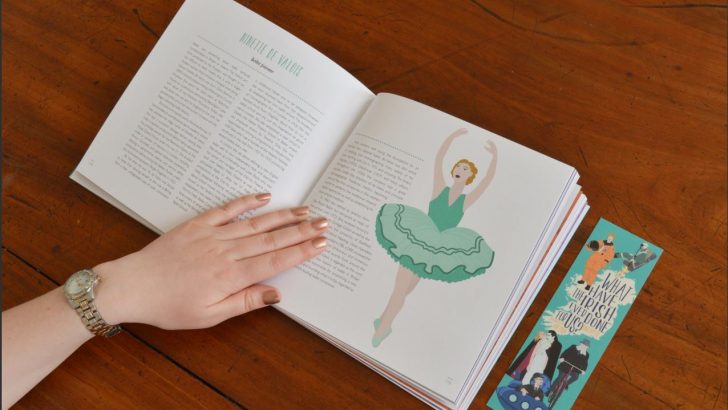What Have the Irish ever Done for Us?
by David Forsythe (Currach Books, €14.99).
This is an interesting collection of brief biographical accounts of Irish people who have made a significant impact on the world at large.
The author defines an Irish person as one born in Ireland, or residing in the country, or identifying as Irish. His list includes men and women, some well-known, some not so well-known.
The listings are under 20 headings. The list under the ‘Irish at War’ is headed by the Duke of Wellington. It is frequently stated that when reminded that he was Irish he responded that one could be born in a stable and not be a horse. However, it was not he who made this remark, but Daniel O’Connell who said it about him during exchanges in the House of Commons.
Under ‘Engineering Pioneers’ there are two well-known names: Henry Ford of the Ford Motor Company and Harry Ferguson of the Ferguson Tractor Company. The genius of James J. Wood is also noted. His innovative inventions delivered suspension bridges, elevators and refrigerators. Brooklyn Bridge in New York, the first wire suspension bridge, is a monument to the technology he developed.
Also included are others who were responsible for equally memorable monumental structures. James Hoban built the large white house in Washington DC and Kevin Roche, the doyen of modern architecture, designed iconic buildings across the US and the ultra-modern convention centre in Dublin.
Speculation
George Boole is probably the least known of those listed yet it could be argued that he made the most significant contribution to our modern scientific world. He was a professor in the Queen’s College in Cork (later UCC). Acknowledged as the father of pure mathematics, his speculation and published work laid the ground work for electronics, the internet and the world wide web.
In this context the author lists two Irish-American women who were beneficiaries of his mathematical speculation: Kathryn Dwyer Sullivan and Eileen Marie Collins, veterans of the US Space Programme.
The list of those who excelled in the world of entertainment is a parade of familiar names: comedians (Spike Milligan and Dave Allen), playwrights (George Bernard Shaw and Samuel Beckett), poets (W.B. Yeats and Séamus Heaney) and ballet (Ninette de Valois).
Less familiar are the names on the list of women who spent their lives combating social injustice. Their struggle for the rights of women and children, workers and the oppressed was conducted outside Ireland. Mary Lee was a women’s suffrage pioneer in South Australia. Mary Fitzgerald was a champion of the mine workers in South Africa. Mary Harris, known as Mother Jones, became a figurehead for workers in the mines, textile-mills and railways across the US.
Under the heading ‘Adventurous Irish Women’ the author recalls the story of Kate Shelley. During a violent storm in the US a railway bridge over a deep ravine was severely damaged. She managed to cross it on her hands and knees and warn those in charge of an oncoming train, thereby saving the lives of more than 200 passengers.
Here also an account of Lizzie Le Bond, a trailblazing mountaineer. But the author’s female readers will not be impressed by his inclusion of Lola Montez, a celebrity who was famous for being famous, or as some might claim, for being infamous.
Others will be prompted to compile their own version of this publication. One from a Catholic perspective would surely include Daniel O’Connell as a leading protagonist of the democratic process. And it would not be difficult to select heroines from among the foundresses of the various female religious orders whose members provided education and care for the poor and the oppressed for more than two centuries across the world.
Available from Currach Books.


 A page from the book 'What Have the Irish ever Done for Us?'
A page from the book 'What Have the Irish ever Done for Us?' 